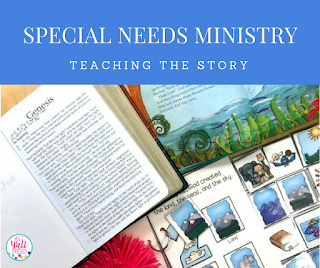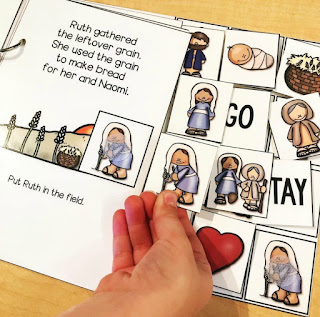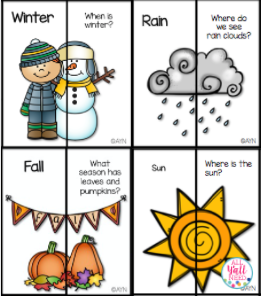I never get tired of reading the following Christmas books. I shared new titles that I added to my library last. But these titles are some of my favorites from Christmas past. And there is no such thing as too many Christmas books. Since these books are not the newest titles, you can find most in your school and public libraries.
Silver Packages: An Appalachian Christmas Story
by Cynthia Rylant
illustrated by Chris K. Soentipiet
A Christmas train travels through the Appalachia Mountains each year on December 23. A rich man tosses presents from the train to the children who wait for the train on the special day each year. More than once, I have cried while reading this beautiful story.
Santa Calls by William Joyce
Since it is set in Abilene, Texas, this holiday book is a must read for all Texans. But anyone who is a fan of Christmas adventures will love this book. Children Art, Esther and Spaulding are invited to the North Pole by Santa himself because he needs their help. This captivating story never ages.
Too Many Tamales
by Gary Soto
illustrated by Ed Martinez
First off, who can possibly resist tamales at Christmas? The strong traditions of Maria's family are front and center in this book. All is going well, until Mama's beautiful diamond ring goes missing. The solution of eating the tamales to find the missing ring sounds like a good idea at the time to Maria and the kids in her family. Warning: you may crave tamales after eating this book.
Tree of Cranes by Allen Say
The beauty that Say is able to create with his words and illustrations is flawless in this book. No matter who I read the book to, their reaction is all the same. Two thumbs-up from students on the story of a young Japanese boy who experiences unconditional love. As a follow-up, students love learning to make their own origami paper cranes.
Rudolph the Red-Nosed Reindeer
by Robert L. May
illustrated by Antonio Javier Caparo
The story of Rudolph is perfectly accompanied by Caparo's illustrations. There is just something magical about a red-nosed reindeer coming to Santa's rescue and flying the skies on Christmas Eve.
How the Reindeer Got Their Antlers
by Gerald McCaughrean
illustrated by Heather Holland
Because the reindeer is ashamed of her "ugly crown" she retreats to the North for thousands of years. But the reindeer prove to be quite helpful to a man with a red suit and white beard.
The Christmas Wish
by Lori Evert
photographs by Per Breiehagen
Little Anja's greatest wish was to be a Christmas elf. Anja's journey is photographed for children to experience the magic of Christmas.
Welcome Comfort by Patricia Polacco
It is my belief that Patricia Polacco simply cannot write a bad book. Her rich background of storytelling is alive and well in this holiday title.
Bear Noel by Olivier Dunrea
When winter arrives, the animals begin looking for Bear Noel who always shows up in time for Christmas. Animal fans will love the gorgeous illustrations of the woodland animals.
Hope you enjoyed this look at some wonderful Christmas books!















































